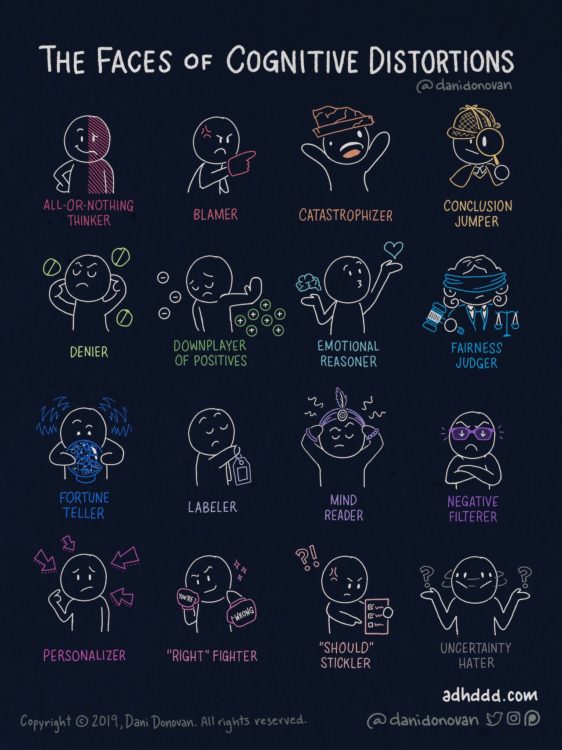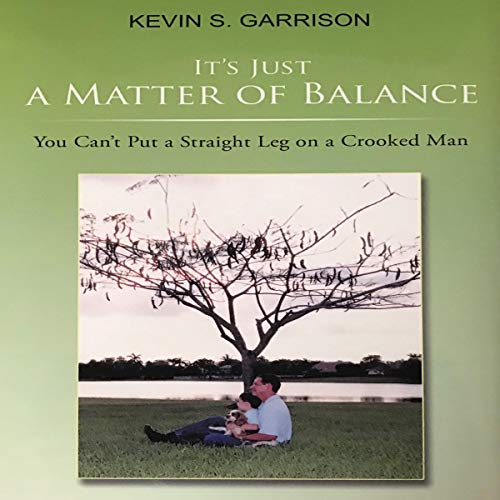
Your Brain Is Dealing With The Trauma Your Amputation Caused
Your brain is dealing with the trauma your amputation caused. It can feel as though dealing with your post-traumatic amputation nightmare is happening every day. All amputees have dreams where we are walking unassisted. This is less profound for people completing their physical recovery. However, if you are like me, who struggles with recovery, this dream may be more of a nightmare as deeper feelings of exhaustion and fear after waking up and having to face your new body image. The psychological term for this type of dream is called a post-traumatic nightmare. They are defined as threatening and frightening dreams that awaken a dreamer and are marked by intense negative emotions, such as anger, despair, and sadness at having to deal with their current state. This is a dream wish turned nightmare when we wake.
Does A Post-Amputation Dream Become A Nightmare?
At the beginning of my dream, I am struggling with uneven sidewalks in my wheelchair. I don’t notice but I am walking as I used to love to do when I still had my foot. The unreality of the dream eventually woke me up. The next day was full of hopelessness and despair. These dreams start with a struggle and go back to a time when that struggle was resolved. It takes a while to enjoy walking as you did before. This unreality grows and disrupts you till you wake up. Lastly, there is an astonishing realization that you are able to walk again with ease. Despair eventually sets in. Your brain is dealing with the trauma your amputation caused.
Post-amputation Dreams Can Be Very Profound and Emotionally Disturbing
These dreams are called posttraumatic nightmares. They allow you to re-experience the amputation trauma like flashbacks in post-traumatic stress disorder. They bring up strong unresolved feelings that can be very profound and lasted for days. At times they are overwhelming. The recovery from the trauma is very painful. You can make them less painful by talking to a therapist specializing in the treatment of Post Traumatic Stress Disorder or an amputee coach. Therapy can put you back in control. Ignoring those traumatic feelings will not make them go away. It may make them worse. You must recognize them and resolve them, Only then can you gain control of their intensity. Your brain is dealing with the trauma your amputation caused.
Processing the Emotions of a Post-traumatic Nightmare
Your brain is dealing with the trauma your amputation caused. The post-amputation nightmare starts with astonishment that you have your leg back. The absence of pain and fear is refreshing. The sudden joy and relief seem unreal. Reality creeps in and the discord builds till you wake up in horror and even a cold sweat. Treating this traumatic nightmare is an opportunity to process these intense emotions. Addressing them allows you to understand them. Cognitive-behavioral therapy (CBT) is the best effective treatment for nightmares associated with PTSD. This treatment can help you to understand and change your thoughts about the trauma and your programmed response to it. Your brain is dealing with the trauma your amputation caused.
Origins of Amputation Dream’s Meaning
The word “Amputation” is taken from the Latin term “amputare” meaning “to cut out.” Nightmares of that amputation can be interpreted as cutting out or losing something very important to you. Losing a body part means that you need to take care of yourself and your relationship with others because they may be cut away from you. You need to deal with your feelings of loss and regret. You may lean on your friends too much but keep in mind you need to gain a perspective as you process those feelings. This dream can also mean that you are neglecting some part of your life and are cut off from it. There are several recommended treatments for nightmare disorders.
Your Brain Is Dealing With the Trauma Your Amputation Has Caused.
Re-experiencing the initial trauma is considered a“hallmark” of a post-traumatic amputation disorder. Posttraumatic nightmares are defined as threatening or frightening dreams that awaken a dreamer and are marked by intense negative emotions, such as fear or anger. These nightmares cause significant distress (both during the dream and after awakening). The intensity of these dreams varies directly with the amount of success you are having in your recovery. Your brain is dealing with the trauma your amputation has caused. Nightmares like these teach you something. One recent treatment approach focuses on integrating trauma memories through a waking visualization technique called Visual Kinesthetic Dissociation. In this technique, therapists ask their patients to mentally replay a trauma memory safely.




